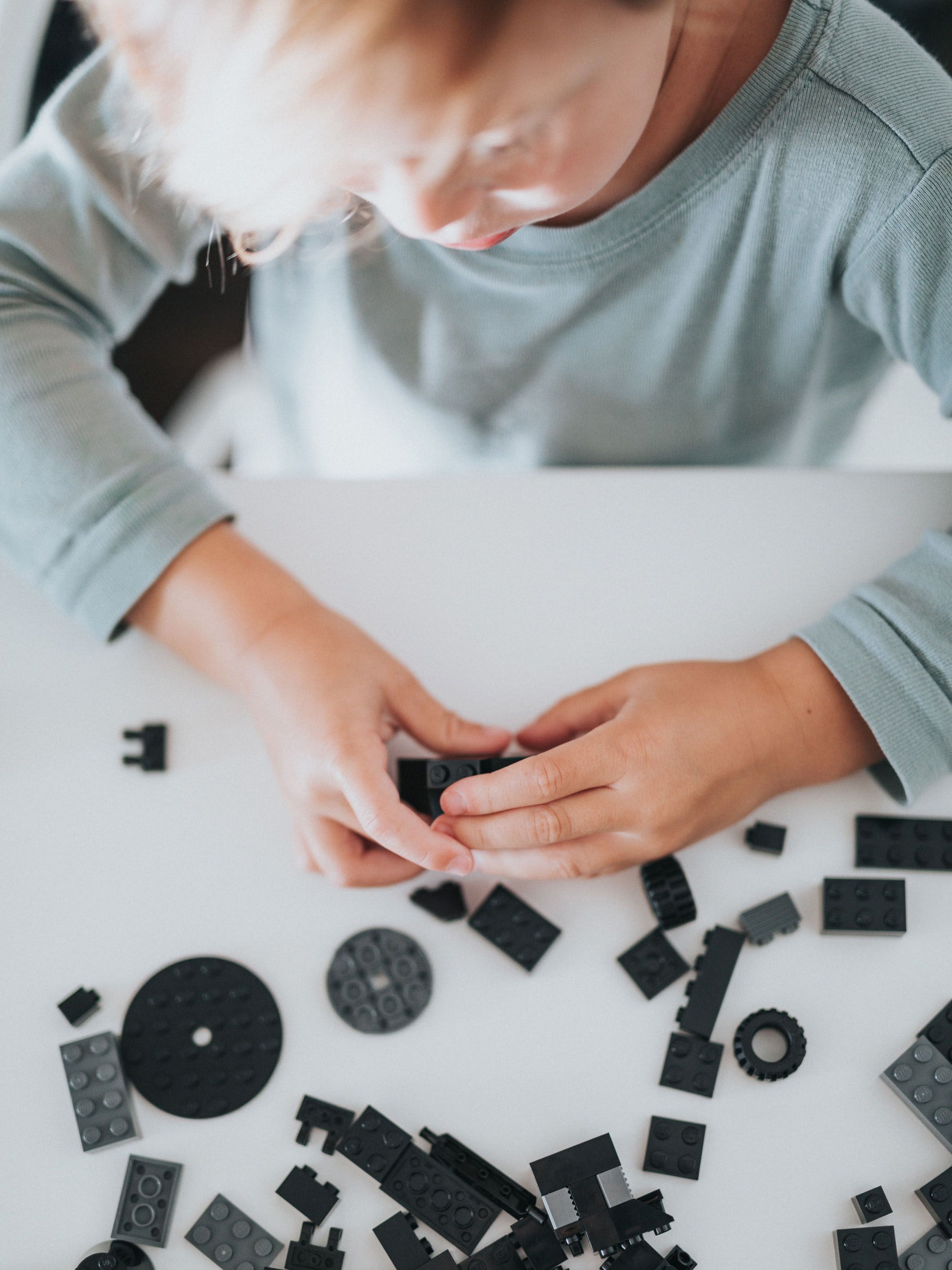miri the immersive learning space
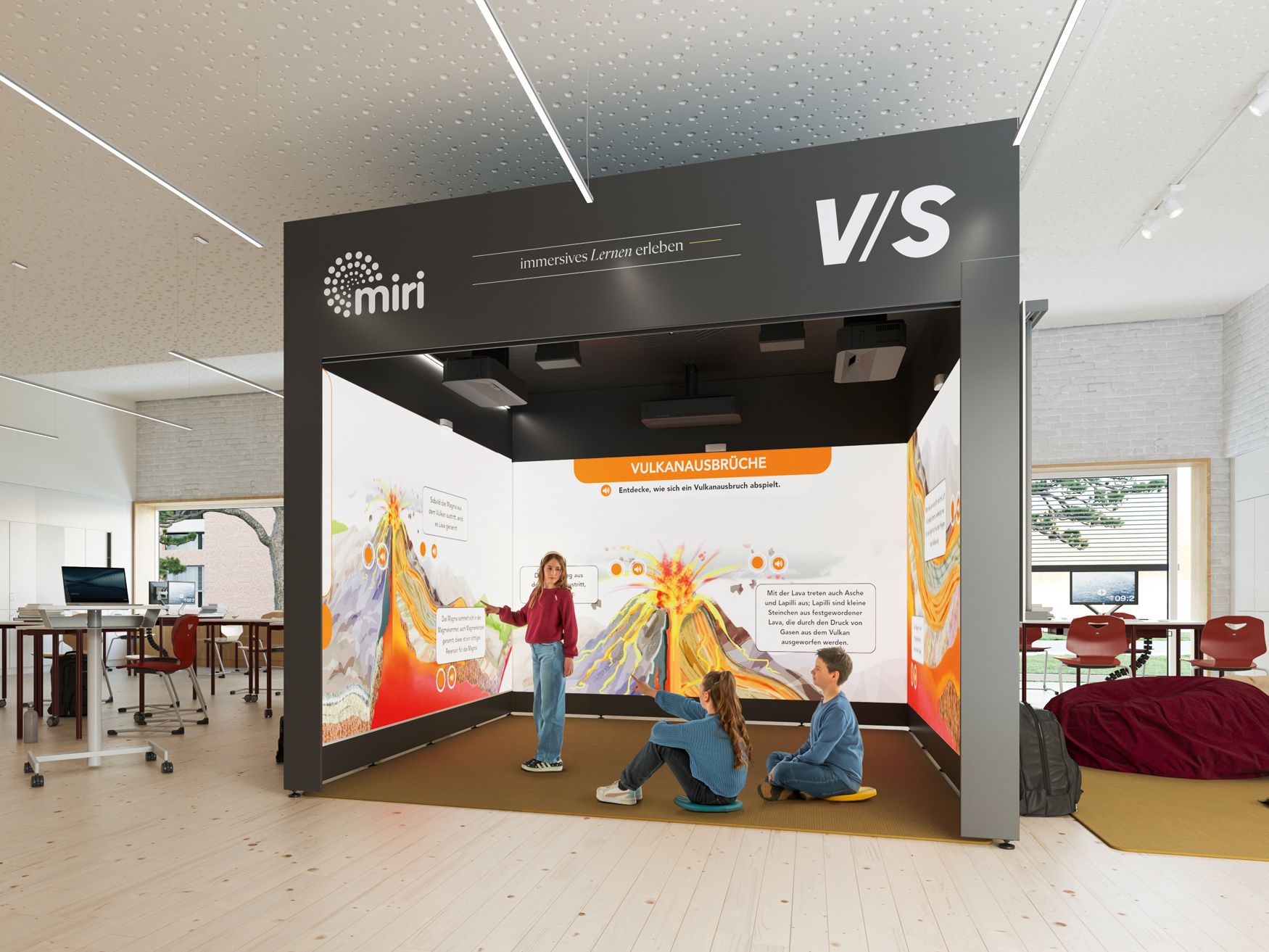
From the outside, miri is an unprepossessing cube with an area of three metres by three metres. But it's a different story on the inside! Three-side projections from interactive projectors allow pupils to immerse themselves in a virtual environment. They can experience real situations there, explore them and directly interact with them.
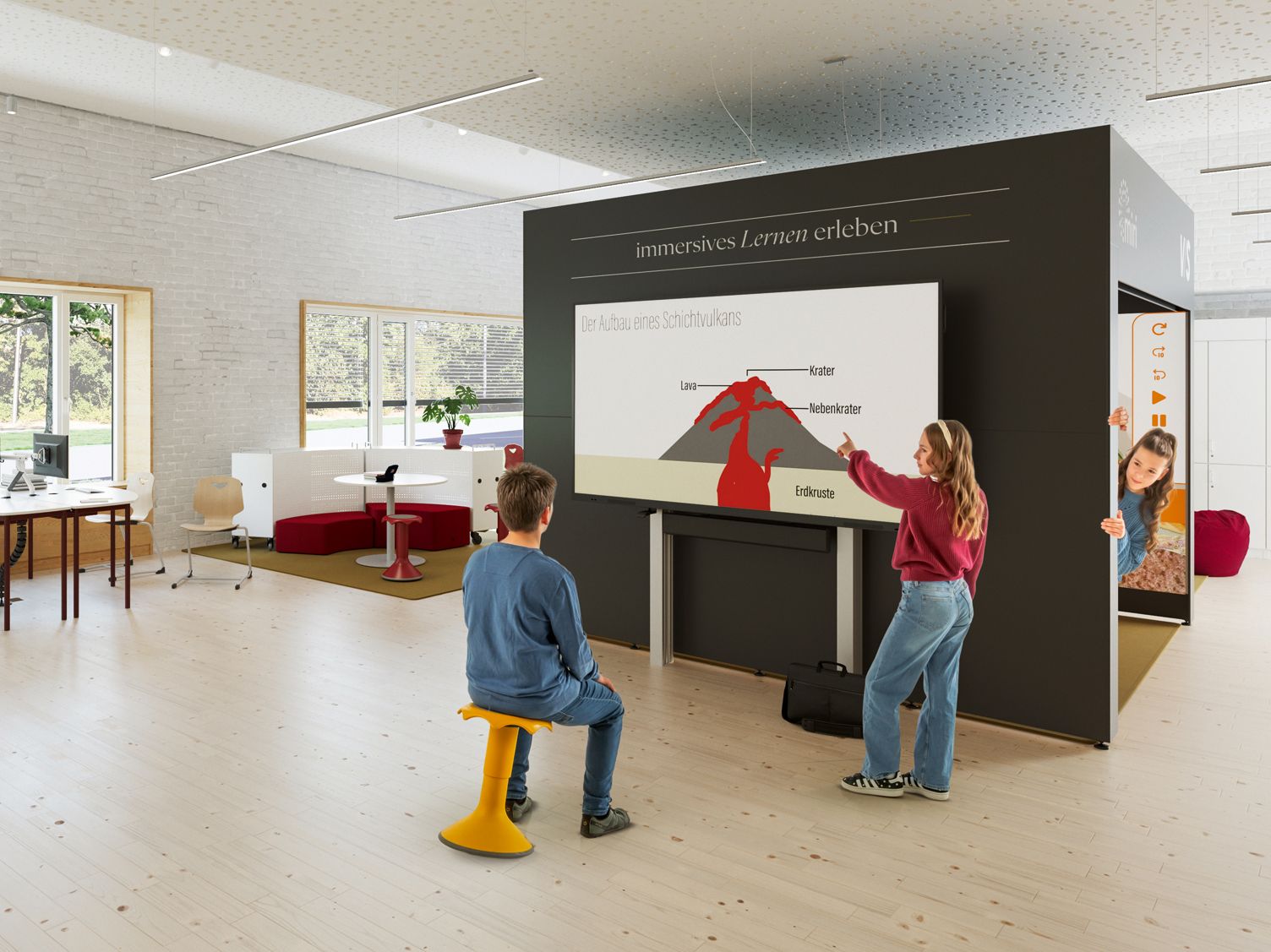

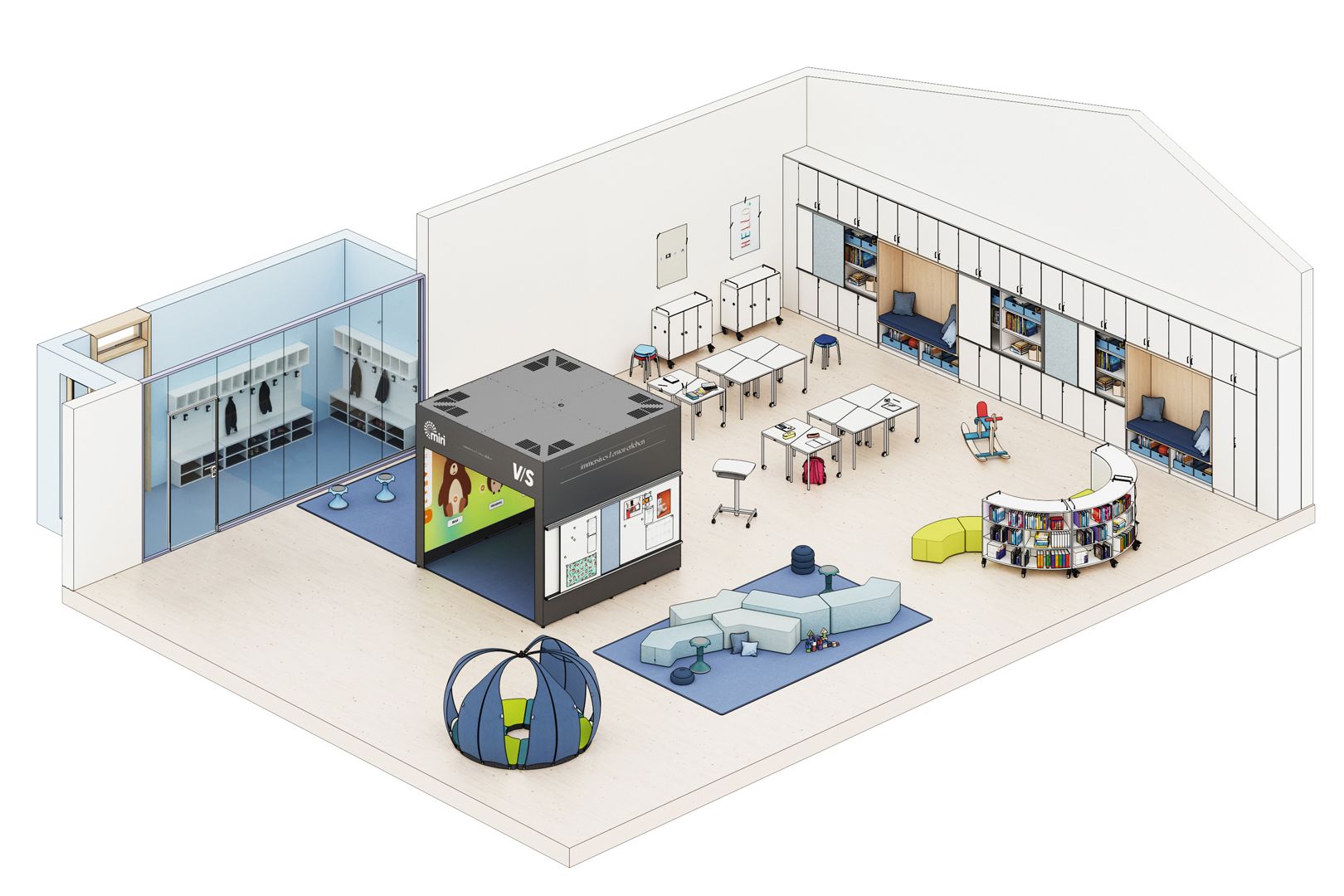
miri – the key data
Dimensions (approx): H 275 cm, W 312 cm, D 312 cm
Material: Aluminium skeleton, projection surfaces inside and outside as well as ceiling cladding made of various plastic materials
System components: high-performance PC, three powerful projectors, touch sensors, stereo speakers; on the outer walls, which can be extended with long wall panels and/or other visual media
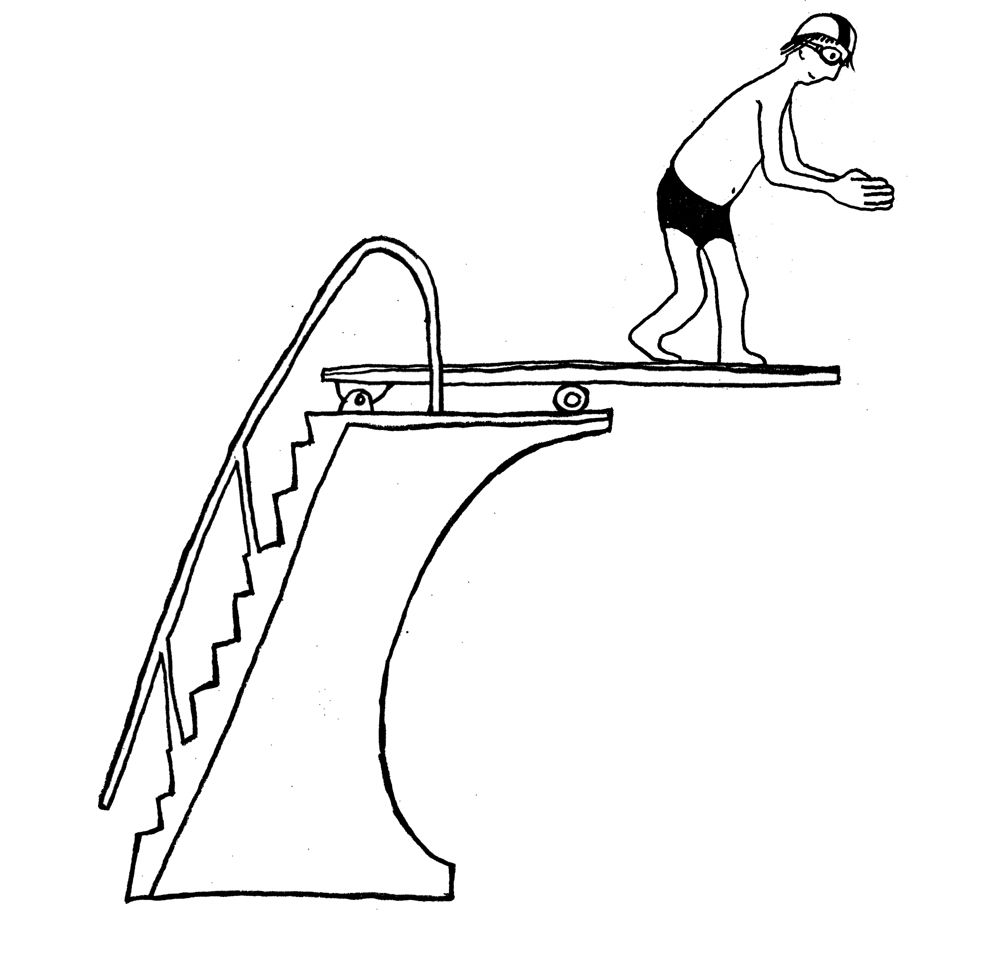
What does immersive learning mean?
Immersive learning is when the learners dive into a virtual environment, so to speak, that reflects the real or simulated circumstances of a specific subject. External stimuli that could be a distraction are minimised – the pupils are completely absorbed in and engaged with their subject. They solve problems in interaction with the virtual environment, alone or in a small group.
Thanks to the immersive experience in the virtual space, learners acquire more than just theoretical knowledge. They can also develop practical skills and problem-solving abilities that are important in real contexts. That’s why this method is suitable for all age levels and subject areas, from school and apprentices right up to further training.
The six learning gains of miri
- Focus
The learners concentrate full on the learning content, the rest of the surrounding world is screened out. - Interactive experiences
The wide variety of interactive elements enables learners to interact actively to the content. They can get hands on, discover and experiment and become the protagonists in the lesson. - Multi-sensory learning
Learning is enhanced by the use of various senses (sight, hearing, touch). Multisensory experiences foster understanding and help pupils to remember the learning content better. - Realistic simulations
Using the projections, real or complex scenarios can be reproduced that would be difficult or impossible to simulate with traditional teaching methods. This can be beneficial in many subject areas – from modern languages and science and technology right up to social and creative subjects. - Personalised learning
The learning content can be designed by the teachers themselves. It can therefore be individually tailored to the achievement and knowledge levels of the group. - Active cooperation
No further aids are needed in the immersive learning space, not even 3D-glasses that restrict vision. That’s why group work is possible. Interaction and cooperative learning formats are supported by the problems.
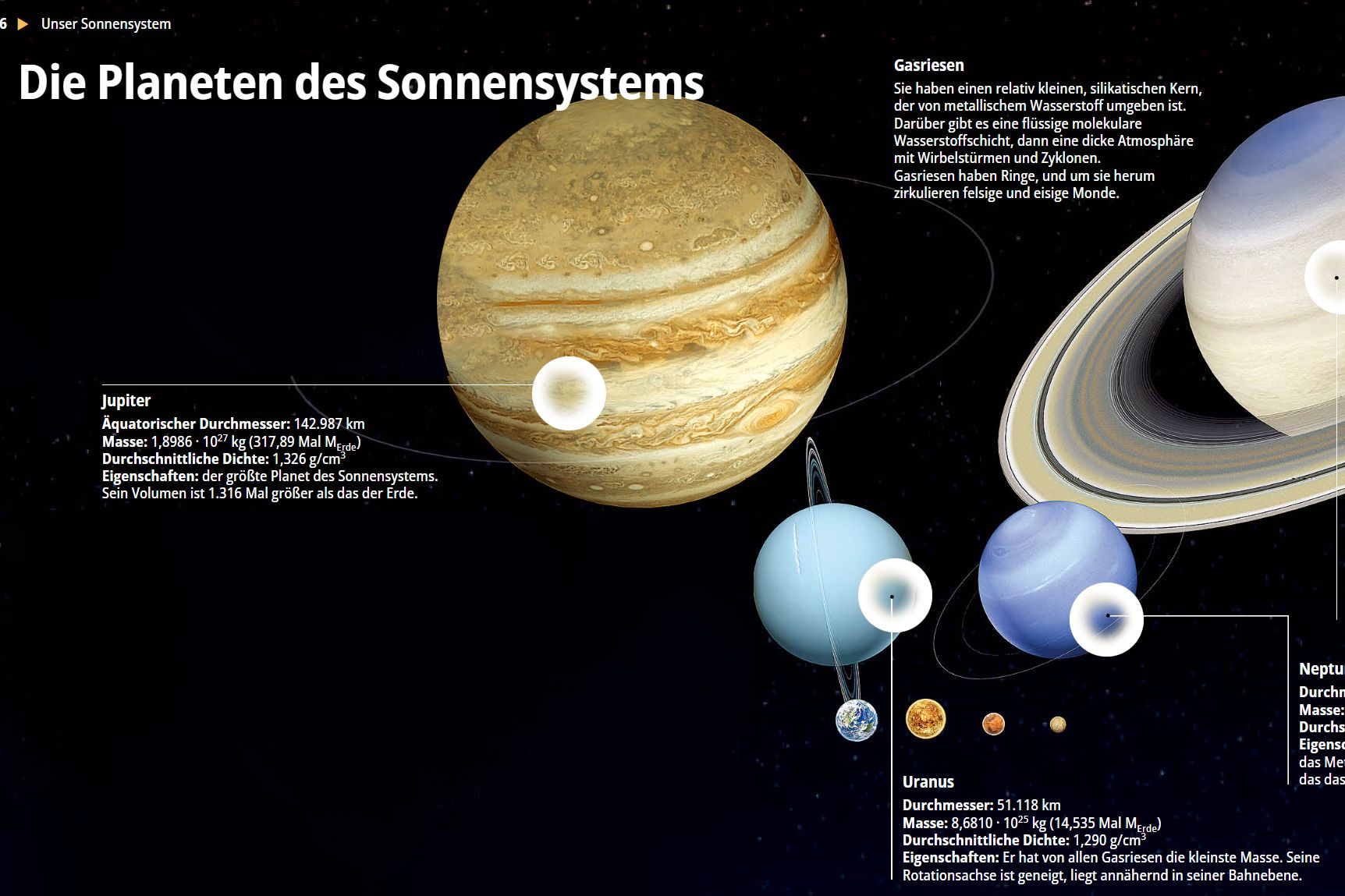
And where does the content for miri come from?
We supply our immersive miri learning space as a holistic solution. In addition to the housing, this includes the three projectors and the sensors – as well as some ready-made, didactically prepare content for different age grades, as well as editor software.
With this software you can design your own interactive content, that is exactly tailored to the format of the immersive learning space. The editor can also be used with Genially, for example. Since the system runs on a standard Windows operating system, common learning software or other applications can also be used.
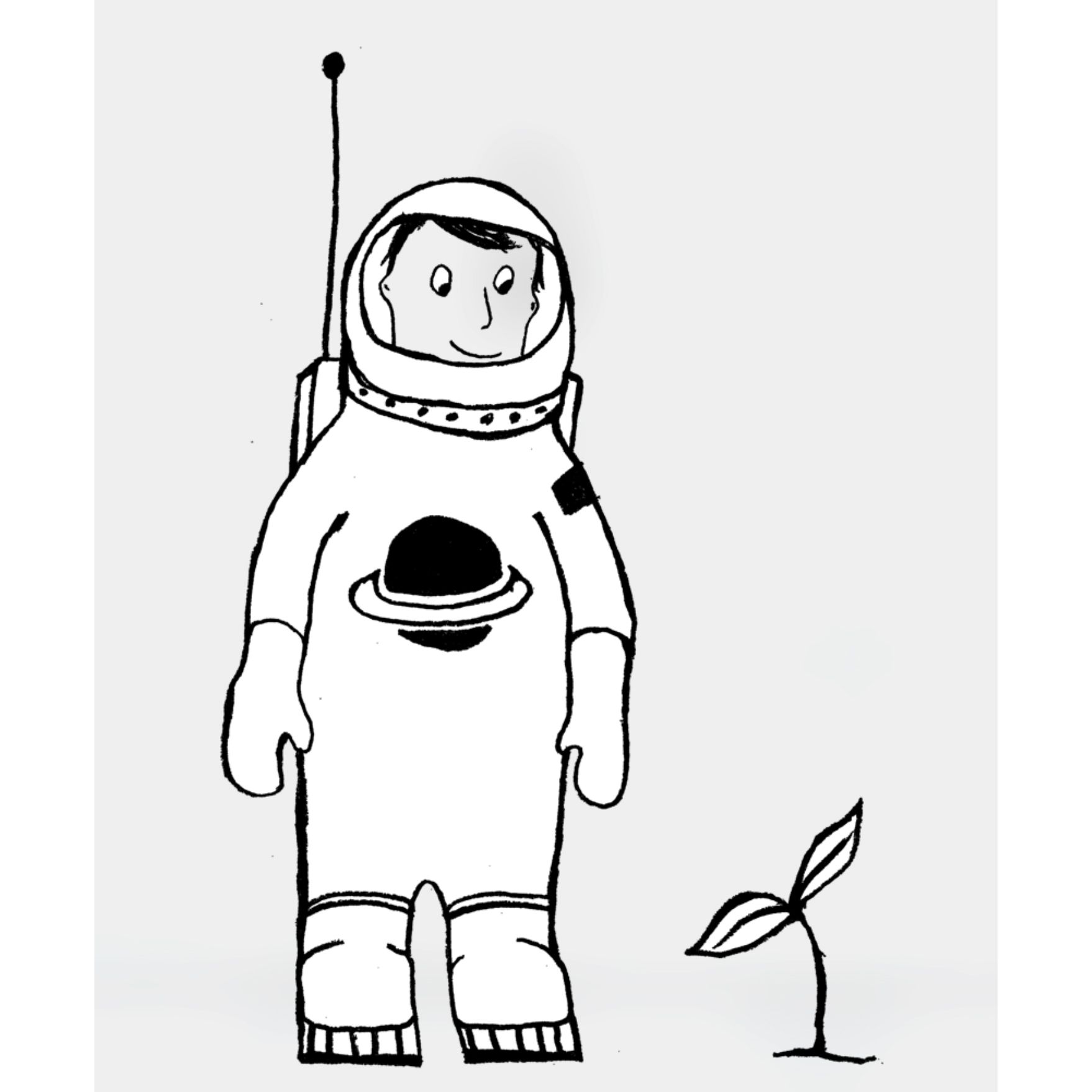
If you have any questions or want to experience the miri immersive learning space live, please get in touch with us:
This might also interest you

This page is worth sharing.


